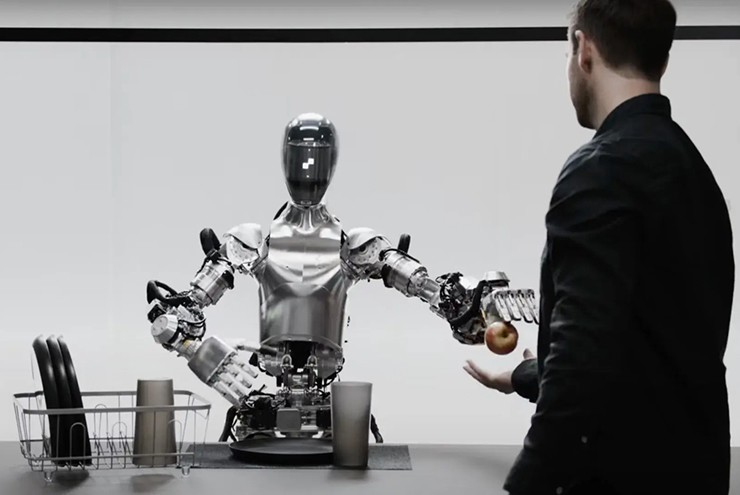A recent demonstration by robotics startup Figure showed the potential of ChatGPT technology from OpenAI to support human-like conversations by humanoid robots.
This development brings us closer to a future where robots can seamlessly integrate into our lives through natural language interaction. Figure's Figure 01 robot is designed to automate tasks that could affect human work in the future.
A product based on a collaboration with OpenAI in January 2024, Figure 01 demonstrates the robot's ability to enhance perception, reasoning and interaction. The newly released video above provides a glimpse into these advances.
Through OpenAI's language models, Figure 01 can now interpret its surroundings and engage in conversation. The video demonstrates the robot's ability to identify objects, understand common commands, and respond accordingly. When given a request to eat, Figure 01 recognizes that the apple is edible and gives it to the requester. Notably, the robot explains the reasons for its choices, highlighting its ability to not only react but also provide explanations for its actions.
Figure 01 is doing the unthinkable.
Figure 01 continues to demonstrate its understanding of broader situations. It collects nearby trash with a simple command and even recognizes the need to move dishes to the drying rack. Although the robot takes some time to process each command, the ability to grasp the intention behind the commands is an important step toward intuitive interaction between humans and robots.
Figure 01's official launch date has yet to be revealed, however, the partnership with OpenAI underscores their commitment to accelerating the commercial deployment of these robots. This development has the potential to revolutionize various industries by introducing robots that can not only perform tasks but also collaborate effectively with humans through natural language.


